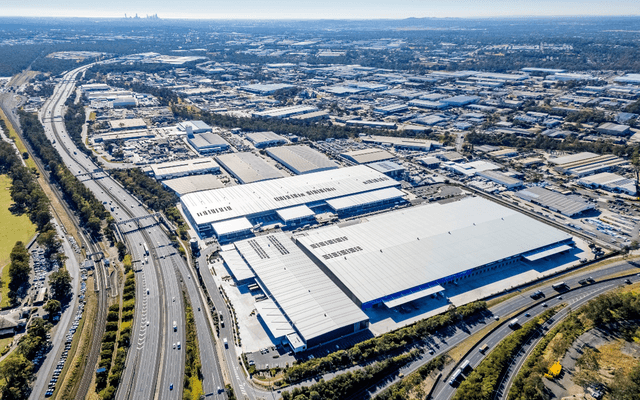This article is from the Australian Property Journal archive
NAB has revised upwards its expectations for house prices upwards – it now expects Sydney and Perth prices to rise 12% over 2023 and 2024 – based on strong demand and market resilience as supply continues to be held back by higher interest rates and supply-side pressures, while the major lender’s latest quarterly residential survey showed Western Australia to be the most optimistic state.
NAB chief economist Alan Oster said the major lender sees the Reserve Bank lifting rates twice to 4.6% by September, then staying on hold until 2024.
“That sees property prices rise by 4.7% this year and around 5% next year as rate cuts begin to add some support,” he said, adding that demand and supply imbalance offset the drag from reduced borrowing power and affordability as rates rise.
“We have revised up our expectation for dwelling prices based on the recent resilience and outlook for strong housing demand in the near term, while supply growth continues to be challenged by higher rates and supply side pressures,” Oster said.
“That said, we see the pace of price growth slowing in H2 2023, with prices remaining broadly flat but ending the year around 4.7% higher based on price gains in the year to date.
“More broadly, we expect economic growth to have slowed further in Q2 and see flat outcomes for GDP in the second half of the year,” he said, noting that household spending has slowed, that slower growth will likely see the unemployment rate drift up to around 5% by the end of 2024, and that inflation has peaked but expected to remain above the RBA’s target until 2025.
“With the RBA beginning to normalise rates in 2024, we see some support for dwelling price growth – pencilling in a gain of around 5% over the year,” Oster said.
By city, Sydney will see price gains of 6.9% in 2023 and 4.9% in 2024, Melbourne 2.0% and 7.4% respectively, Brisbane 5.4% and 2.9%, Adelaide 3.0% and 3.7%, and in Perth 6.0% and 6.2%, while Hobart will see a 6.4% fall this year and steady movement in 2024.
Meanwhile, the latest quarterly NAB Residential Property Index rose sharply in the June quarter, underpinned by rising home prices and solid rental growth.
The Index climbed from 9 to 33 points over three months, up from 29 at the same time last year, and well above the long-term survey average of 17. A score of zero is considered neutral.
Housing market sentiment improved in most states. It was highest in Western Australia (81), with solid uplifts also recorded in South Australia (53), Victoria (29) and NSW (20). It remained very weak in the ACT (-100) and Tasmania (-11).
Confidence levels also bounced and recovery expectations have firmed. The one-year confidence measure lifted visibly to 46, with the two-year measure also stronger at 48, as both confidence measures printed above survey average levels for the first time since late-2021 and early-2022. Confidence in the next 12 months is highest in Western Australia (79) and the Northern Territory (75), and improved most in Victoria (51).
Property professionals see national home values rising 0.6% in the next 12 months, with longer-term expectations at 1.7%. Expectations for the next 12 months improved across the country led by Western Australia (3.2%) and still sliding in Tasmania (-1.5%).
Oster said the new survey findings point to a substantial undersupply of rental property across much of the country. The report also showed that two in three property professionals believe fast-tracking planning permissions and developments would be most effective in reducing Australia’s housing shortage, while six in 10 believe in financial incentives, such as low interest rates and tax incentives, and one in two are for creating incentives for older Australians to downsize, building more affordable or public housing, allowing more sub-divisions, or making negative gearing more attractive.
With Australia still experiencing very low rental vacancy and strong demand – an overwhelming number of property professionals assessed rental markets in their local areas as undersupplied – rental expectations remained elevated. The average forecast in the next 12 months and in two years’ time was unchanged at 4.0%. Rental growth is outpacing home values and gross rental housing yields should also continue to rise. Survey expectations for rents are positive in most states over the next one-to-two years with Victoria leading the way at 5.4% and 5.5%.




